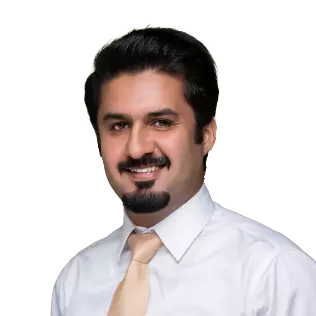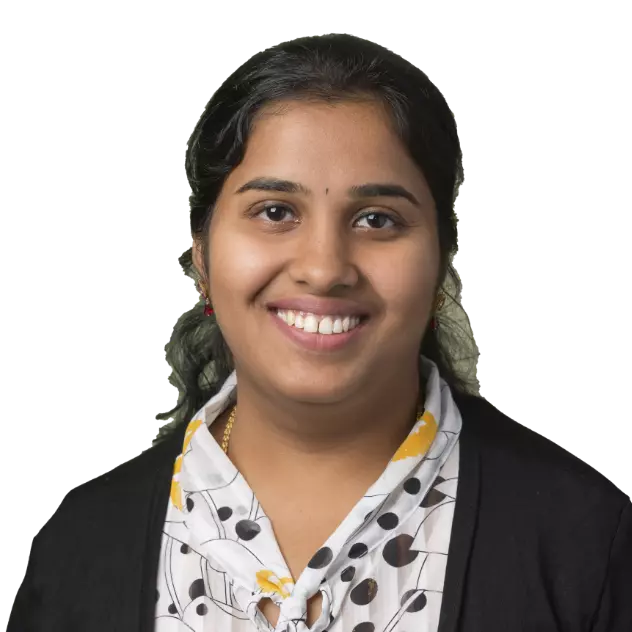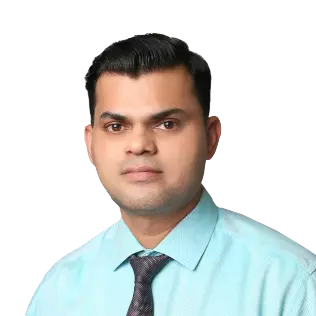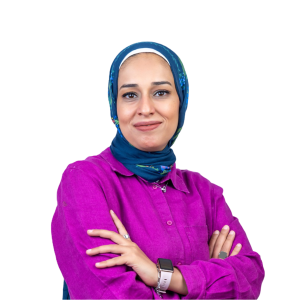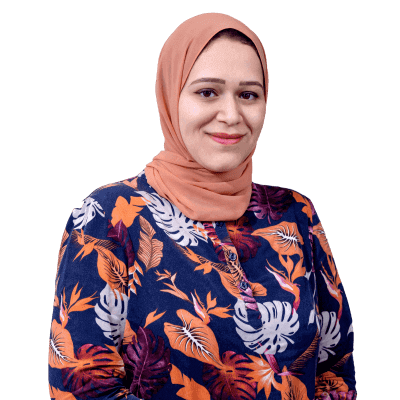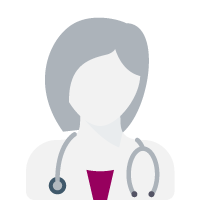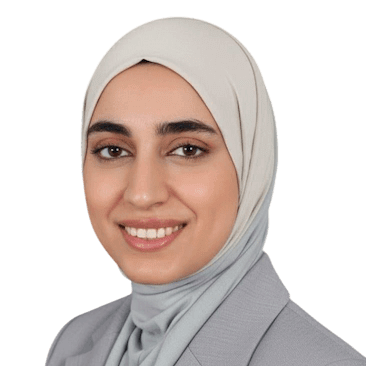Written By: Mr. Deepak Mullasery
Mr. Deepak Mullasery is a BSc in physiotherapy from Rajiv Gandhi University of Health Sciences, Karnataka, He has varied industry experience right from working part-time with Mumbai FC soccer club India and at a well-ness clinic called Prettislim to being the physiotherapist for the All India Squash open tournament and the All India under19 football tournament.
Updated On:December 22, 2023
Read more.
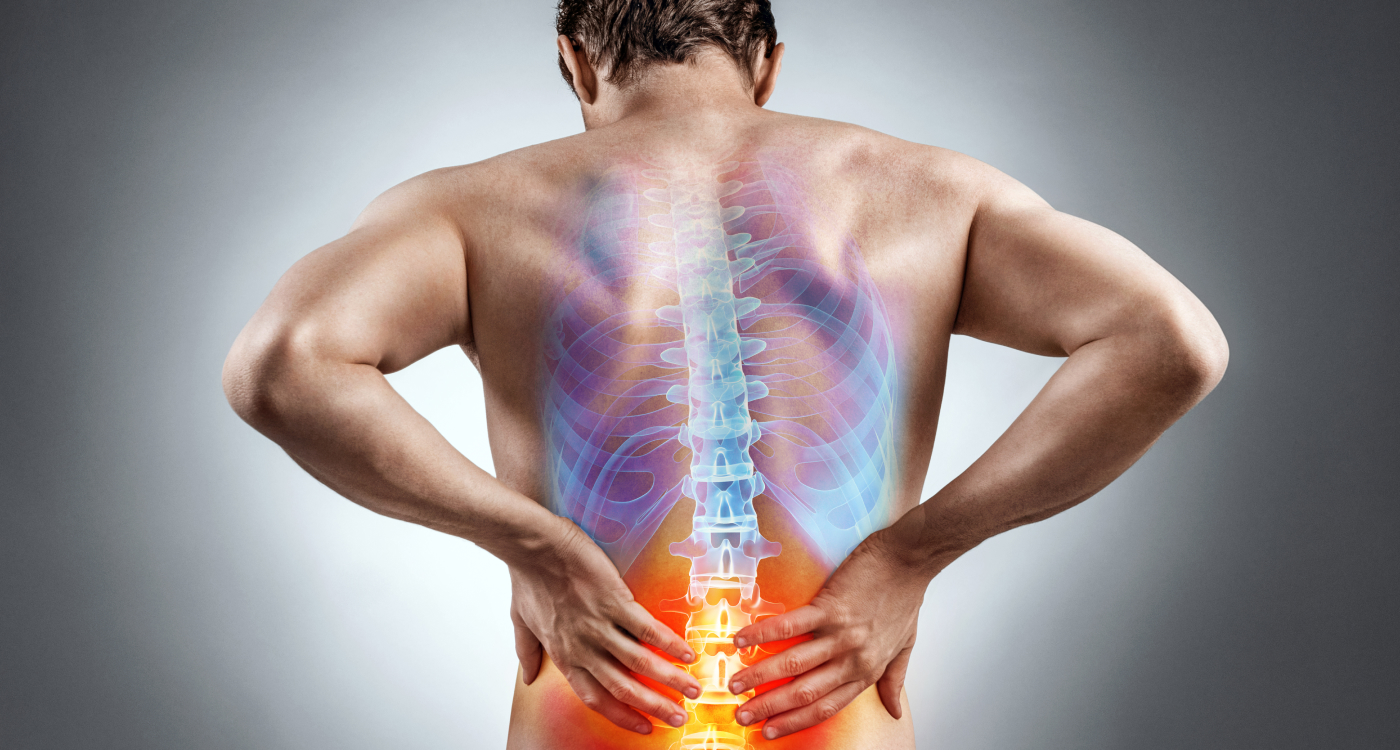
What is Sciatica?
Sciatica refers to pain that occurs along the sciatic nerve of the lower back. This pain can be due to swelling, irritation or pinching of the sciatic nerve. The sciatic nerve branches from the lumbar region of the spine through the hips and buttocks, ending just below the knee. It further branches out into your calves and feet. Branches of the nerve are present on both sides of the body.
What Parts of the Body Are Affected by Sciatic Pain?
Sciatic pain occurs along the sciatic nerve which runs from your lower spine down to your buttock and ends just below the knee. This is why sciatic pain occurs only in these regions. In most cases, sciatic pain occurs on only one side of your body. In some cases, sciatica can also cause a tingling sensation in the calves and feet.
Sciatica Causes
There are a number of different causes for sciatic pain. The most common of these are:
- Herniated or slipped disk: Pressure on the intervertebral disc from the vertebrae above and below it can cause the fluid within it to leak out. This fluid buildup applies pressure against the sciatic nerve, resulting in pain.
- Bone spur on the spine: Bone spurs or osteophytes are small, jagged outgrowths of bone that usually form at bone joints. Occurrence of these bone spurs on the vertebral column can cause the spinal canal to narrow, resulting in its nerves being pinched. If this pinching occurs along the path of the sciatic nerve, it can lead to inflammation and sciatic pain.
Other causes of sciatica include:
- Damage, injury or trauma to the spine or sciatic nerve.
- Tumors in the spinal canal which may compress the sciatic nerve.
- Slipping of a vertebra so that it is no longer correctly aligned with the one above it. This may cause narrowing of the spinal canal and pinching of the sciatic nerve.
Sciatica Symptoms
Sciatic pain most commonly occurs in the region from your lower spine to your calf. However, the intensity of sciatic pain may vary from dull and bearable pain to a very strong burning sensation. Some cases of sciatica may be excruciatingly painful while others may be mild.
Other symptoms of sciatica include:
- Lower back pain that worsens with sudden movements like sneezing or coughing.
- Sudden judder or “electric shock” sensations.
- Sensations of “pins and needles” in legs and feet.
- Weakness of the lower back, leg, buttock or feet.
- Numbness of the lower back, leg, buttock or feet.
When to see a doctor for sciatica
Living with chronic pain makes it harder to identify times when immediate medical attention is required. You should see a doctor when, in addition to the baseline pain, you experience the following symptoms:
- You feel severe pain in the back, leg, abdomen, or side of the body while at rest or while lying down, walking, or bending over
- You notice swelling in the lower back, thigh, and/or leg
- You feel severely weak or lose sensation in the groin, genitals, and/or legs
- You feel pulsation in the lower limb
- You experience fever, chills, or night sweats
- You experience pruritus
- Your feet or toes feel cold
- The skin on your legs or feet changes color
- You have a leg infection that does not heal
- You experience sexual dysfunction
- You lose control of bowel or bladder movement
- You experience a loss of appetite and your weight drops
- You notice changes in the appearance of skin, muscles, and hair on the peripheral areas of the body
Risk factors for sciatica
Risk factors for sciatica include:
- Age: Spine abnormalities such as herniated discs and bone spurs become more frequent with age and can lead to sciatica.
- Diabetes: Diabetics are at a higher risk of experiencing nerve damage.
- Obesity: Excessive body weight can cause stress on your spine, which may lead to sciatica.
- Lack of physical activity: People that sit for prolonged periods of time and are not physically active are more likely to develop sciatic pain than those that are.
Sciatica Treatment
Sciatica treatment with medications
Sciatica is typically treated with a combination of medications and physical therapy. Physical therapy can be helpful in strengthening the spine and muscles of the lower back, buttocks and legs. Certain physical activities as part of the treatment may be specific to the cause of sciatica, as determined by professionals. For physical therapy to be successful in treating sciatic pain, it is important to do the advised exercises regularly and avoid long periods of physical inactivity. Chiropractic therapy may also be used to improve spine alignment and alleviate sciatic pain. Medications prescribed for sciatica include Nonsteroidal Anti-Inflammatory Drugs (NSAIDS), oral steroids, muscle relaxants and tricyclic antidepressants. These drugs aim mainly to relieve pain and allow the patient to partake in physical therapy without excessive discomfort. In some cases, a corticosteroid may be injected in the area around the nerve to reduce pain and inflammation.
Sciatica treatment with surgery
Surgery is only recommended to patients when the condition progresses to the point of causing excessive weakness, lack of mobility or loss of bladder or bowel control. Bone spurs or part of the herniated disc may be removed to relieve pressure from the sciatic nerve and cure sciatica.
Home Remedies for Sciatica
- Daily stretching exercises can help improve spinal flexibility and range of motion. This can be helpful in preventing and managing sciatic pain.
- Using an ice pack or a heating pack can help relieve pain and inflammation. It is advised to place an ice pack on the affected region every hour for 15 minutes at a time, followed by a heat pack every couple of hours, for 15 minutes at a time.
- Sitting in the same position for prolonged periods of time can cause sciatic pain to spike so changing your posture every 20 minutes or so can help prevent this.
- Maintaining a good posture has also proven to be helpful in alleviating stress and pressure from your spine.
Prevention of sciatica
In the case of sciatica, preventative measures may not guarantee the desired result. However, certain simple measures are easy to implement and require very little effort.
- Regular exercise: You can strengthen the muscles in your back, glutes, and abdomen to improve posture and alignment.
- Practice good posture: It is essential to practice good posture, especially if you spend most of your day seated in a chair. Use a chair that provides lower back support to maintain the spine’s natural curvature.
- Lift the right way: In your day-to-day activities, lift heavy objects using muscles in your lower limbs while maintaining a neutral spine; avoid twisting your body while lifting a weight; and don’t be shy to ask for help.
Sciatica and Lumbago
Lumbago is a common term used to describe pain in the lumbar region of the spine. In simpler terms, it refers to lower back pain. Although it is hard to point out a specific cause for lumbago, it can be caused by excessive use of the lower back. Repetitive motions of the lower back including excessive bending can lead to lower back pain.
How is lumbago different from sciatica?
Although lumbago and sciatica cause pain in the same regions of the body, it is important to note that sciatica is caused specifically due to the pinching or compression of the sciatic nerve. Another difference between the two conditions is that sciatic pain is often accompanied by numbness or a tingling sensation of the buttock, lower back or legs while lumbago is not. To understand more about the causes, symptoms, pain, and treatment of sciatica, get in touch with us.
Meet our doctors from the Physiotherapy department
|
||||||||
|
||||||||
|
||||||||
|
||||||||
|
||||||||
|
||||||||
|
||||||||
|
||||||||
|
||||||||
|
||||||||
|
||||||||
|
||||||||
|
||||||||
|
||||||||
|
||||||||
|
||||||||
|
||||||||
|
||||||||
|
||||||||
|
||||||||
|
||||||||
|
||||||||
|
||||||||
|
||||||||
|
||||||||
|
||||||||
|
||||||||
|
||||||||
|
||||||||
|
||||||||
|
||||||||
|
||||||||
|
||||||||
|
||||||||
|
||||||||
|
||||||||
|
||||||||
|
||||||||
|
||||||||
|
||||||||
|
||||||||
|
||||||||
|
||||||||
|
||||||||
|
||||||||
|
||||||||
|
||||||||
|
||||||||
|
||||||||
|
||||||||
Similar Posts
teleMEDCARE App
Download teleMEDCARE app from Google Play or App Store to connect immediately to Medcare doctors at a click of a button and without an appointment.

Home Services
We offer our patients a broad range of home health care services in the comfort of their own homes. Book an appointment for lab tests, vaccinations, nurses and physiotherapists.

Chronic Care
Know more about our Chronic Care Management Programme in partnership with Damana Saicohealth.

teleMEDCARE App mobile
Download teleMEDCARE app from Google Play or App Store to connect immediately to Medcare doctors at a click of a button and without an appointment.

Home Services
We offer our patients a broad range of home health care services in the comfort of their own homes. Book an appointment for lab tests, vaccinations, nurses and physiotherapists.

Spotii
We have partnered with Spotii to offer a more flexible way to pay - Pay over time for your purchase. No interest, no cost & no catch.










